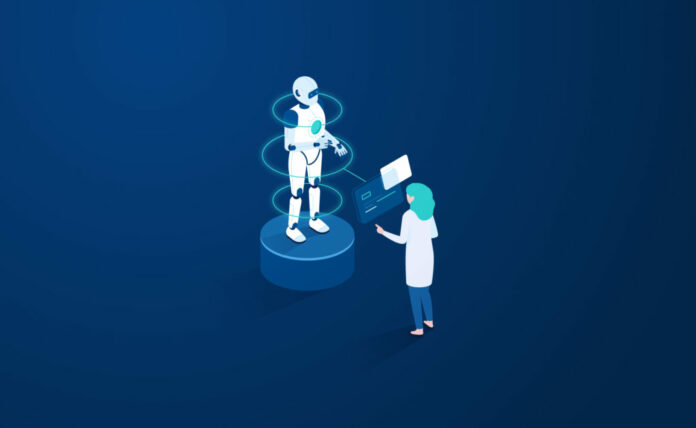Artificial Intelligence with its recent developments has captivated interests in creating systems that can logically learn and think like humans. Developing logic within AI contributes to human-like machine functionality. Deep Neural Network (DNN) has paved the way for countless advancements with end-to-end learning and training such as object detection, video games, board games, performing tasks that are equivalent to or even those that exceed humans in certain respects.
Despite their advances in biological inspiration and efficiency, these systems are crucially different from human intelligence. Cognitive science is increasingly rising and suggesting human-like learning and reasoning machines in both what they learn and how they learn it can go beyond modern engineering trends.
Machines are supposed to develop universal causal models that help to understand and demonstrating, as compared to just solving pattern recognition issues; ground learning in intuitive theories of physics and psychology, assisting and improving the data that is discovered; and leveraging compositionality and figuring out how to quickly figure out learning and summarise knowledge into new assessments and situations.
Modern-day Machine Learning, when compared with that of the past, is quite different as the result of the latest computing developments. It was formulated from pattern recognition and the idea that PCs would learn to carry out specific tasks without being programmed; scientists fascinated by artificial intelligence wanted to check whether computers could benefit from data.
Recently, in a study at the European Conference on Computer Vision, scientists unveiled a hybrid language-vision model that can differentiate and compare multiple video-caught dynamic occasions to evoke the high-level ideas that link them. Their model significantly improved in two types of visual reasoning tasks over people, selecting the video that best finishes the set, and selecting the video that doesn’t fit. Exhibited videos of a dog barking and a man shouting close to his dog, for example, the model finished the set by selecting from a set of five recordings, a crying child. Researchers replicated their findings on two datasets to train AI frameworks in action recognition: MIT’s Multi-Moments in Time and the Kinetics of DeepMind.
A fact that is being repeated about Machine Learning is important in view of the fact that the models can be individually modified when they are exposed to new information. They learn how to make strong, repeatable decisions and outcomes from previous computations. It’s not a modern concept – but rather one that has gained fresh traction.
Language representation allows integrating contextual knowledge learned from text databases into visual models, according to Mathew Monfort, a co-creator study and research scientist at CSAIL, MIT. Using WordNet, a word implications database, the researchers planned to link each action-class label in Moments and Kinetics to different titles in both datasets.
The researchers asked humans to perform identical arrangements of visual reasoning tasks online to understand how the model will be associated with humans. Interestingly, the model has been tested in various contexts with humans, often with surprising results.
Additionally, abstraction prepares for a more human-like level of thinking.

